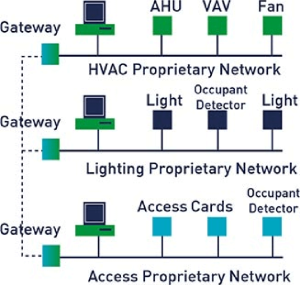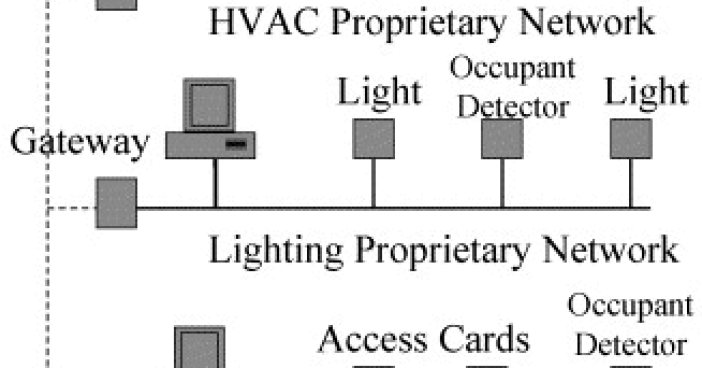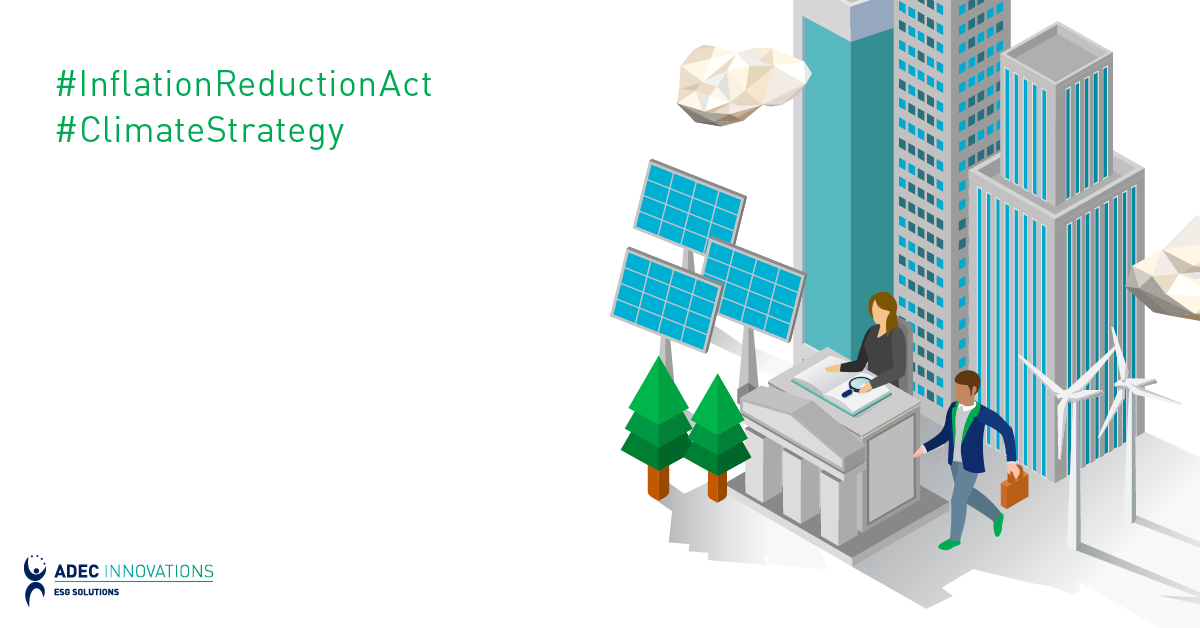Without question, the greatest benefit to building energy management are the metrics that a good building management system provides to the operator and owner. Knowledge is king when it comes to energy management – decisions can be made with accuracy, results can be measured and tweaked, and performance in the long run is superior.
Although a significant expense, regular building equipment maintenance that ensures customer/client comfort is mission critical. Building Energy Management systems provide the intelligence and sustainability metrics that will help manage equipment maintenance programs and keep costs to a minimum. For example, accelerating equipment maintenance for a specific rooftop cooling unit based on poor performance helps to prevent any unwanted downtime, and repair costs are thus minimized.
Building Energy Management systems are capable of accurately measuring occupancy levels for any time period, providing energy consumption data even for a specific floor in an office tower . A proportionate share of common-area heating and cooling costs can be allocated based on demand, not on square footage. In addition to the dollar savings this represents, this level of transparency allows building owners to accurately calculate their carbon footprint. The flexibility of carbon management software such as ghgTrack allows interface with most energy management systems, thus providing a measureable allocated share of carbon exposure for all its tenants, up and downstream of independent data.
. A proportionate share of common-area heating and cooling costs can be allocated based on demand, not on square footage. In addition to the dollar savings this represents, this level of transparency allows building owners to accurately calculate their carbon footprint. The flexibility of carbon management software such as ghgTrack allows interface with most energy management systems, thus providing a measureable allocated share of carbon exposure for all its tenants, up and downstream of independent data.
Imagine walking into your office on Sunday morning. Your card key gives you access to the building, the elevator and your office. You notice that only where you walk, the lights are on. You sit down at your desk and realize the temperature is comfortable in your office but it wasn’t so comfortable in the hallway. What you didn’t know was that when you entered the building, the swipe of your card key turned on an electrical map to your office. A Building Management System can include an energy management program component to accomplish such conservation strategies.
Building Management Systems ensure that buildings only uses energy when and where it is required, thus empowering businesses to reach sustainability goals. Office towers receive the utmost benefit – the ability to essentially turn off energy as well as heating and cooling to floors, sections of floors, and even as granular a control as managing specific offices. The energy savings from such “automatic” tactics can be significant. The level of data generated from such monitoring and controls, combined with sustainability reporting intelligence, can intuitively become an energy audit-in-a-box that is constantly auditing. This is where Green enters the picture.
Organizations and associations such as BOMA offer reward and recognition programs to building owners for sustainable building performance. I would be remiss if I didn’t mention the tremendous benefits of programs such as LEED, sponsored by the Green Building Councils in the US and Canada. The key word here is Green, even if unspoken.
Depending how far down the rabbit hole building owners wish to go with sustainability management, there’s a huge diversity in Building Management System capabilities. The basics – such as controlling heating and cooling systems – are very cost effective and in some areas, attract incentives. More-diverse systems can also manage lighting, security, elevators, and anything on a circuit. FirstCarbon Solutions provides the management tools and support to achieve a level of energy reduction and financial mitigation for energy and maintenance costs that are measurable and significant. Today, it’s simply a “no brainer” to take advantage of these amazing technologies. Click on the button below, contact us for a consultation and take the next steps in controlling your energy use targets See, how simple was that!? Everyone else is doing it.
Did you enjoy this post? The author of this article is Iain Robertson. Learn more about him here.





